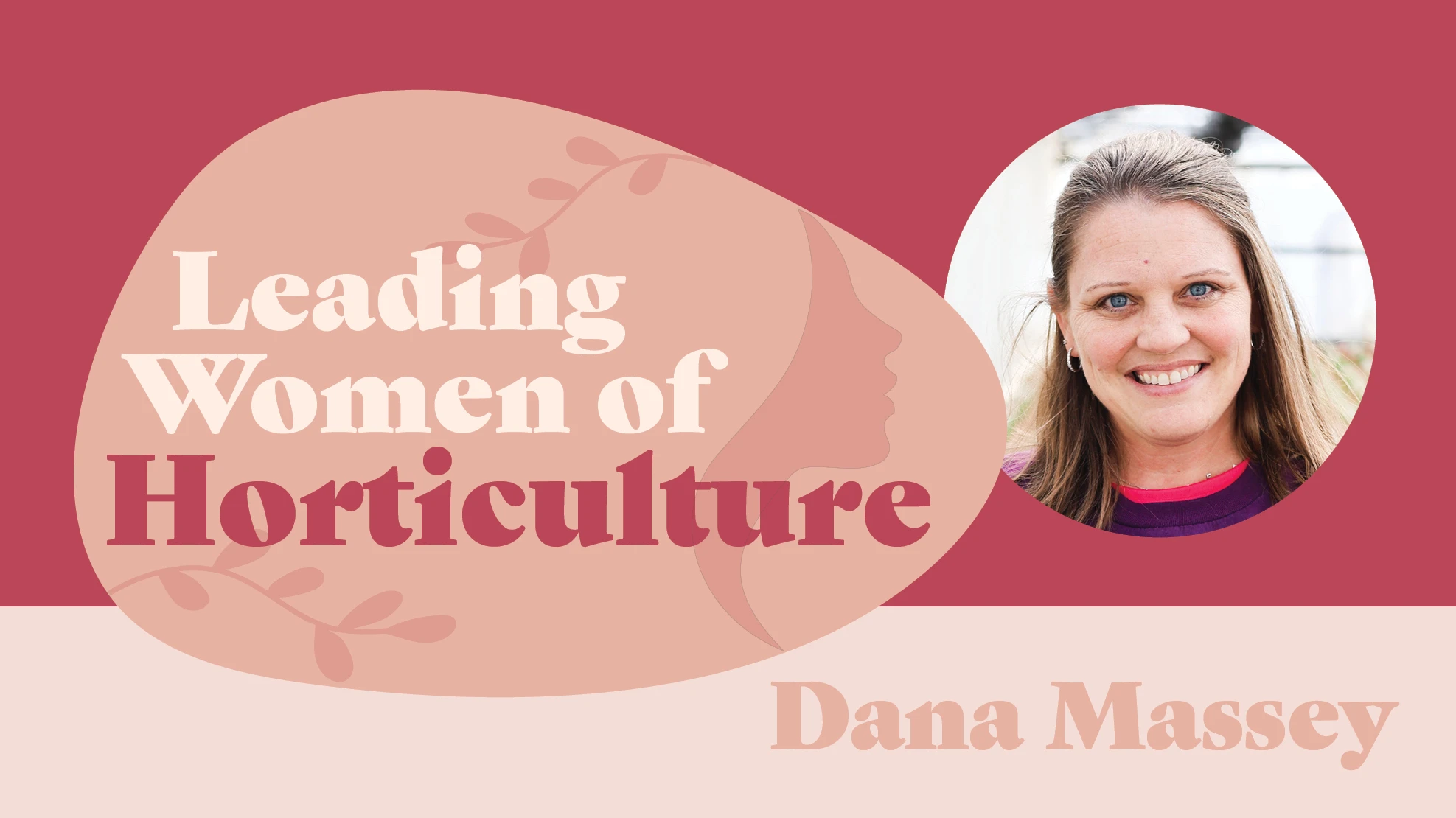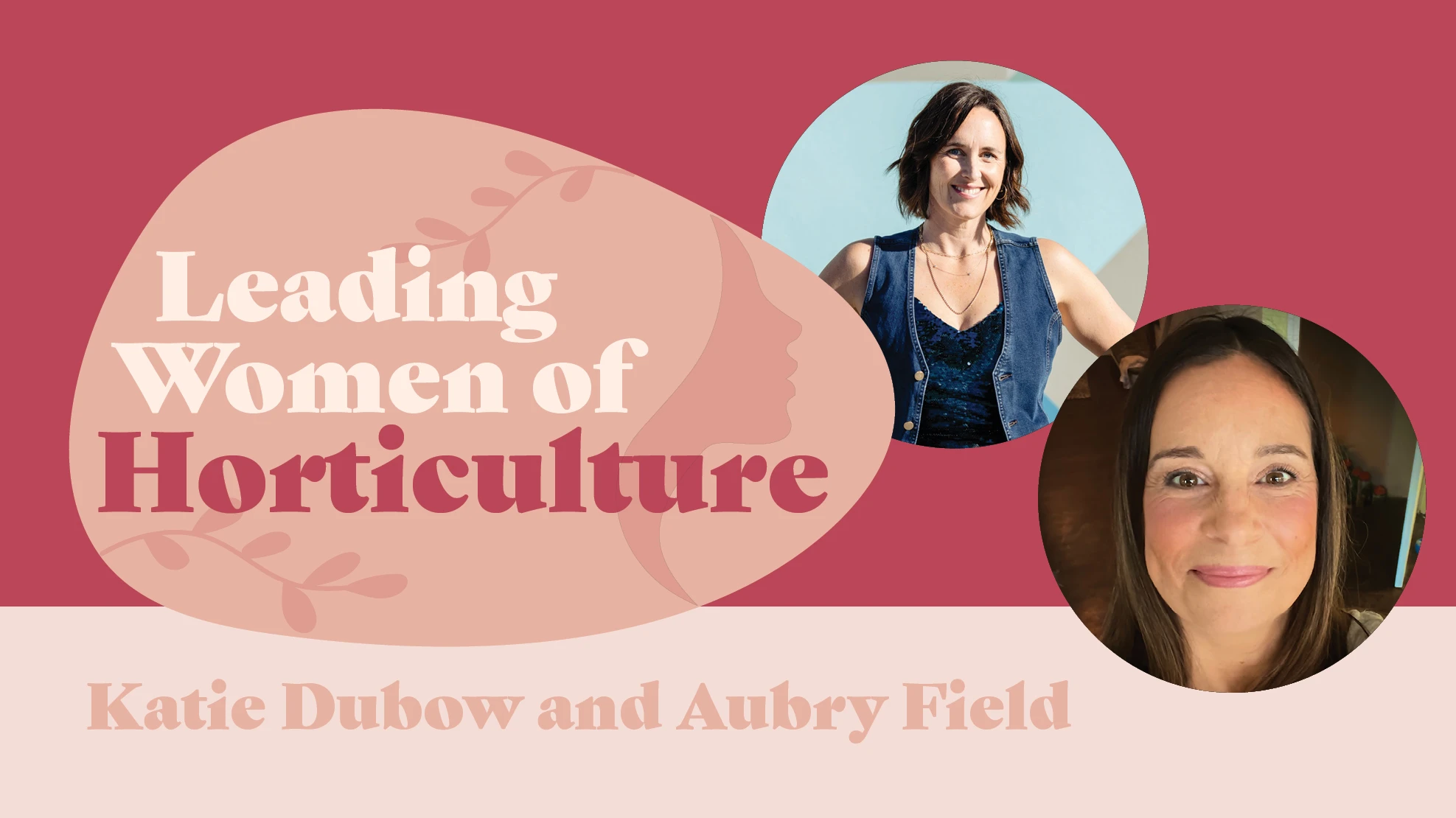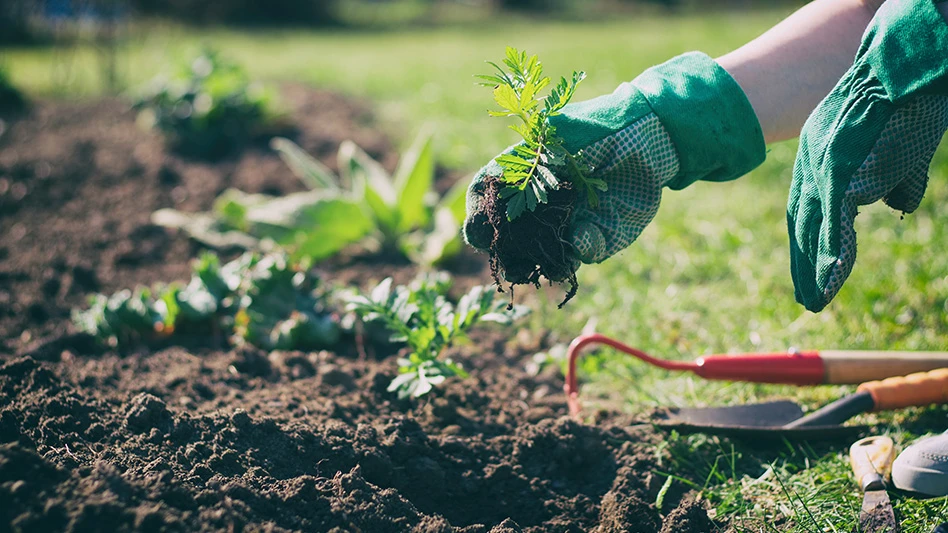 Consumers are smarter and savvier today than ever before and are more likely to pay attention to what is trending. While what’s hip and popular may influence the purchasing decisions of a younger consumer more so than a seasoned shopper, some trends appeal to all generations. Color is one such category, says Leatrice Eiseman, director of the Pantone Color Institute and executive director of the Eiseman Center for Color Information and Training.
Consumers are smarter and savvier today than ever before and are more likely to pay attention to what is trending. While what’s hip and popular may influence the purchasing decisions of a younger consumer more so than a seasoned shopper, some trends appeal to all generations. Color is one such category, says Leatrice Eiseman, director of the Pantone Color Institute and executive director of the Eiseman Center for Color Information and Training.
Eiseman advises her clients, who range from one-person operations to large corporations, to get out of their comfort zone, particularly when it comes to embracing Millennials, whether her clients are planning retail spaces or creating new products. “It is important to design your colors and combinations with an open mind, get out of your own personal space and try to embrace it the way it is being shown today,” she says.
Stay up on the trends
Monique Hakkert, marketing Manager for Ball FloraPlant and Selecta, the vegetative breeding company of Ball Horticultural, attends a color conference every year as part of her work with the Color Marketing Group, where she says “color geeks” work together to create a color palette with popular hues.
“Customer preferences change often, and what’s popular or hot at one moment may not be at the next,” Hakkert says. “It’s not like most businesses where you’re selling a static product. Staying on top of color trends and making sure that you offer what customers want at that particular time is important.”
Hakkert recommends retailers tune into color trend announcements made by various groups, including paint companies. For 2015, Benjamin Moore’s is “Guilford Green,” Pittsburgh Paint selected “Blue Paisley,” and coral hues topped the list for Kelly-Moore Paints and Sherwin Williams, who chose Coastal Surf and Coral Reef, respectively.
 Another big color trend comes from the 2015 Pantone Color Institute, which selected marsala as its 2015 hue. It has already been making a splash in fashion, housewares and cosmetics.
Another big color trend comes from the 2015 Pantone Color Institute, which selected marsala as its 2015 hue. It has already been making a splash in fashion, housewares and cosmetics.
“Marsala speaks of a color that is grounded, rooted, stable, robust, fulfilling … the kinds of words you’d attach to something that would have some depth and meaning, not just all that glamour,” Eiseman says. “Using it in garden center products is a good idea because of that natural association.”
Hakkert says that olive will also be popular in garden centers this season. “The shade is warm, organic and neutral,” she says. “The exact shade of olive is not really defined, so you can get away with lots of variations. Olive can be bold or subtle, modern or traditional.”
Merchandising with color
 Hakkert suggests telling a story with color in displays. “Rather than simply selecting colors you like, it can be more effective to start with a theme and choose colors that represent that concept,” she says. “Group colors together that are warm and inviting, like marsala with orange and olive. Add props like an old kitchen cabinet base used as a potting bench.
Hakkert suggests telling a story with color in displays. “Rather than simply selecting colors you like, it can be more effective to start with a theme and choose colors that represent that concept,” she says. “Group colors together that are warm and inviting, like marsala with orange and olive. Add props like an old kitchen cabinet base used as a potting bench.
“Or throw a wine tasting event at the garden center and sell some dark red/burgundy geraniums or coleuses.”
As for mixing and matching colors in displays, there is no reason why a garden center can’t be a little playful, Hakkert says. Nonetheless, olive looks great with white, black, navy, orange and turquoise as well as paired with brass accents.
Eiseman added that context plays a role in mixing and matching of colors. “A sense of whimsy and being experimental is tantamount to get the consumer’s eye,” Eisman says. “You’ve got to do something sometimes that is a little quirky and a little different.”
Hilary is a freelance writer based out of Pittsburgh, Pa.

Explore the April 2015 Issue
Check out more from this issue and find your next story to read.
Latest from Garden Center
- Brand Spotlight: Growing Sweet Success in Small Spaces with Butterfly Candy™ Buddleia
- Super Charged Moon Juice from Moon Valley Nurseries now available nationally
- 2025 Proven Winners Horticulture Scholarship applications now open
- Leading Women of Horticulture: Anna Ball, Ball Hort, and Terri McEnaney, Bailey Nurseries
- Dümmen Orange North America celebrating 25th anniversary in 2025
- Illinois Landscape Contractors Association changes name to Landscape Illinois
- Leading Women of Horticulture: Arden Pontasch, North Creek Nurseries
- Spring Meadow Nursery's Freedom Shelley finds joy in plants






